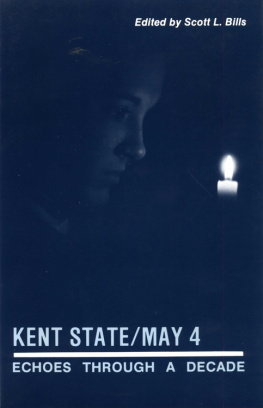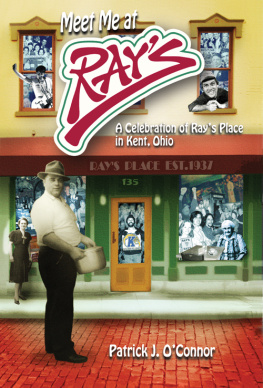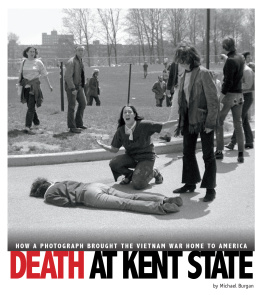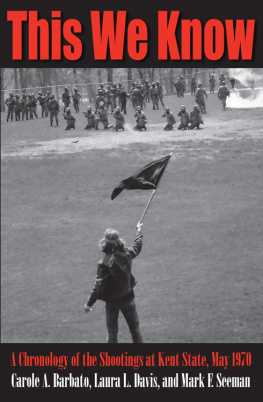William H. Hildebrand - A Most Noble Enterprise: The Story of Kent State University, 1910-2010
Here you can read online William H. Hildebrand - A Most Noble Enterprise: The Story of Kent State University, 1910-2010 full text of the book (entire story) in english for free. Download pdf and epub, get meaning, cover and reviews about this ebook. year: 2010, publisher: Kent State University Press, genre: Politics. Description of the work, (preface) as well as reviews are available. Best literature library LitArk.com created for fans of good reading and offers a wide selection of genres:
Romance novel
Science fiction
Adventure
Detective
Science
History
Home and family
Prose
Art
Politics
Computer
Non-fiction
Religion
Business
Children
Humor
Choose a favorite category and find really read worthwhile books. Enjoy immersion in the world of imagination, feel the emotions of the characters or learn something new for yourself, make an fascinating discovery.

- Book:A Most Noble Enterprise: The Story of Kent State University, 1910-2010
- Author:
- Publisher:Kent State University Press
- Genre:
- Year:2010
- Rating:5 / 5
- Favourites:Add to favourites
- Your mark:
A Most Noble Enterprise: The Story of Kent State University, 1910-2010: summary, description and annotation
We offer to read an annotation, description, summary or preface (depends on what the author of the book "A Most Noble Enterprise: The Story of Kent State University, 1910-2010" wrote himself). If you haven't found the necessary information about the book — write in the comments, we will try to find it.
The centennial history of one of Ohios premier public universities
This book tells the story of Kent State Universitys first hundred years. It
is a story replete with hairbreadth escapes and pratfalls, with moments of low comedy, high drama, and real tragedy. It features a cast of complex, talented, dedicated, and imperfect individuals. It is, in short, a story about very human beings engaged in what Henry Steele Commager called that most noble enterprise, the advancement of learning as carried out for the past hundred years at Kent State University. And it is, I believe, a story both instructive and inspiring. --from the Preface
Author William H. Hildebrand takes readers on an exhilarating and illuminating ride through Kent State Universitys ten decades: from its beginning under its visionary founder John Edward McGilvrey to the hardships of the Great Depression; through the post-World War II boom years and the tumultuous sixties culminating in the May 4, 1970, tragedy; from the universitys struggle to regain its bearings during the decade-long aftermath, to its restoration and academic resurgence in the eighties and nineties; and into the emerging opportunities and challenges of the new millennium.
Complemented by scores of photographs, A Most Noble Enterprise features vivid portraits of the schools eleven presidents and their distinctive contributions to the universitys character and development. Along with snapshots of changing campus culture and student life, Hildebrand details the ongoing attempts to define the purpose and value of a university education, the relation of undergraduate and graduate education in a public research institution, the evolution of important centers and institutes in the arts and sciences, and the place of varsity sports in a public university during the most recent decades. The interplays among faculty, administrators, students, town, government, and university are key themes that flow throughout this engaging history. With supple, witty, and sparkling prose, the author evokes the triumphs and follies and humor and pathos of this complex, diverse university in all their fascinating, colorful reality.
Long after the centennial celebrations and speeches have faded from memory, A Most Noble Enterprise will stand as a testament to Kent States dedication to the ancient purpose of a university education--the advancement of learning.
William H. Hildebrand: author's other books
Who wrote A Most Noble Enterprise: The Story of Kent State University, 1910-2010? Find out the surname, the name of the author of the book and a list of all author's works by series.















